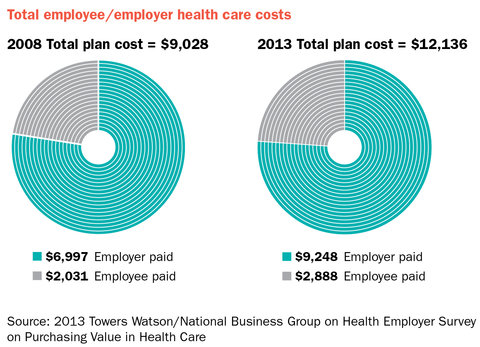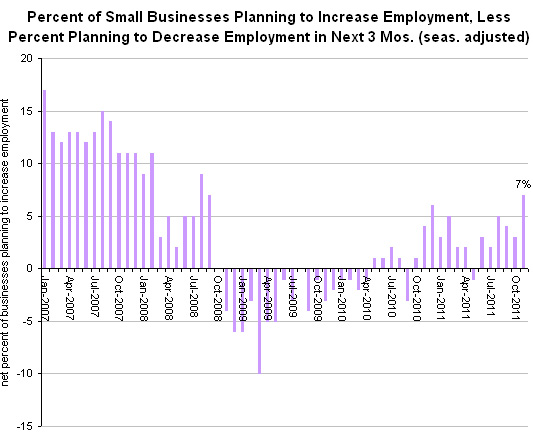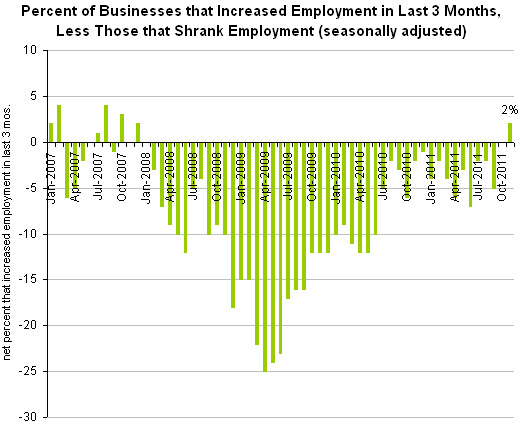For advertisers and media companies, keeping track and organizing the tonnage of media assets — from video clips to commercials — can be a challenge, particularly online. On Thursday, a media industry organization announced the findings of a two-year study that uses a coding system to monitor these assets, similar to how U.P.C. labels track consumer products from shipping to purchase.
The Coalition for Innovative Media Measurement, the industry group, advocated for the widespread adoption of the new system at an event in New York, saying it would allow media companies to earn additional billions of dollars in revenue while saving millions of dollars on back-end processing systems currently used to track media.
Companies that tag their ads and their videos with these standardized codes will also be better able to determine where, when and how the content is viewed.
Some of the companies involved in the test phase include NBCUniversal Media, Viacom, Turner Broadcasting, Starcom MediaVest Group, ESPN, Hulu, ABC, Nielsen, Arbitron and comScore.
“Brands, advertisers and networks produce more content than ever but, unfortunately, the industry still lacks the ability to accurately identify and track assets across all distribution points,” said Jane Clarke, the managing director for the coalition in a statement.
Janice Finkel-Greene, the executive vice president of buying analytics at MagnaGlobal, said the coding system would also help advertisers manage the sheer amount of data available to them from sources like social media and research companies like Nielsen.
“We wind up with all of this wonderful data but we have difficulty putting it together,” Ms. Finkel-Greene said.
The coding system would help advertisers more precisely tailor ads to a particular audience, she added. The system would also help companies automate what can be a haphazard often manual process of coding content.
Such a system would allow media companies “to spend less time putting the data together and more time doing analysis,” Ms. Finkel-Greene said.
Charles Kennedy, a senior vice president of research at ABC, said the media industry had been “hampered by the labor intensity and the complexity” of keeping track of digital media. Using a standardized coding system would help the company show the right ads to the right people, especially those who view content online. If a consumer watches an ABC show days after it has aired on television, ABC would be able to show the viewer updated ads — and profit off the ad that is shown.
“It will help us move into the world where we have dynamic ad insertion,” Mr. Kennedy said.
This article has been revised to reflect the following correction:
Correction: April 18, 2013
An earlier version of this article misstated the name of the organization proposing a new way to track and monitor media assets. It is the Coalition for Innovative Media Measurement, not the Coalition for Media Management.
Article source: http://www.nytimes.com/2013/04/19/business/media/a-coding-standard-to-track-media-assets-is-proposed.html?partner=rss&emc=rss



